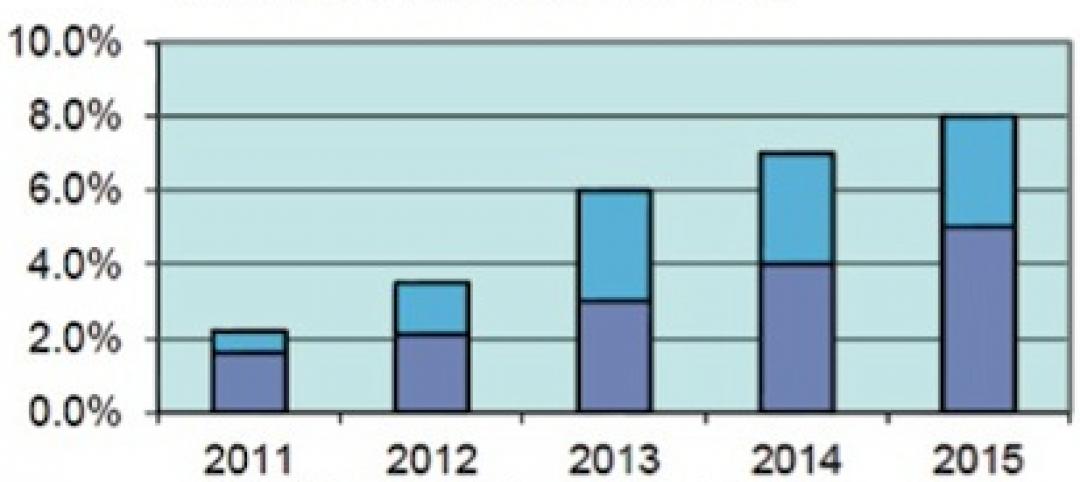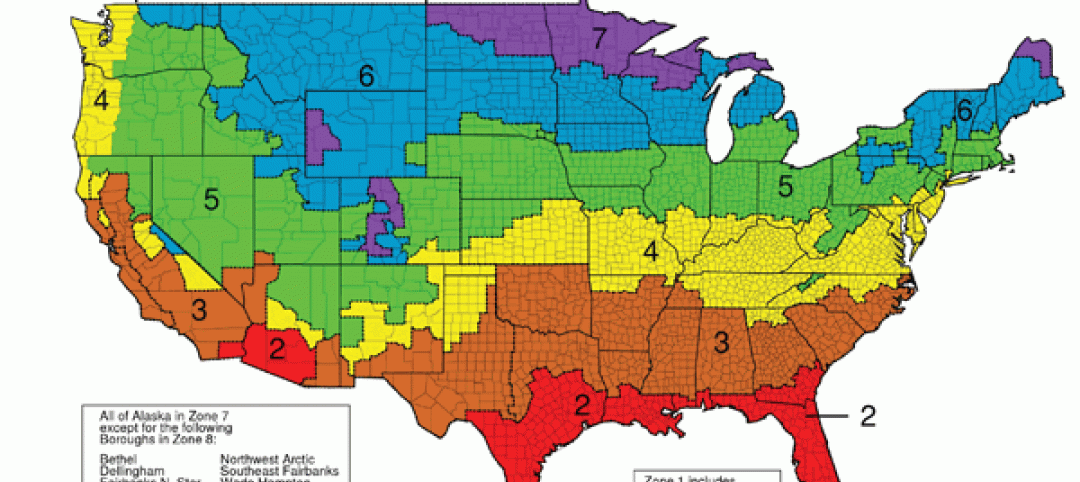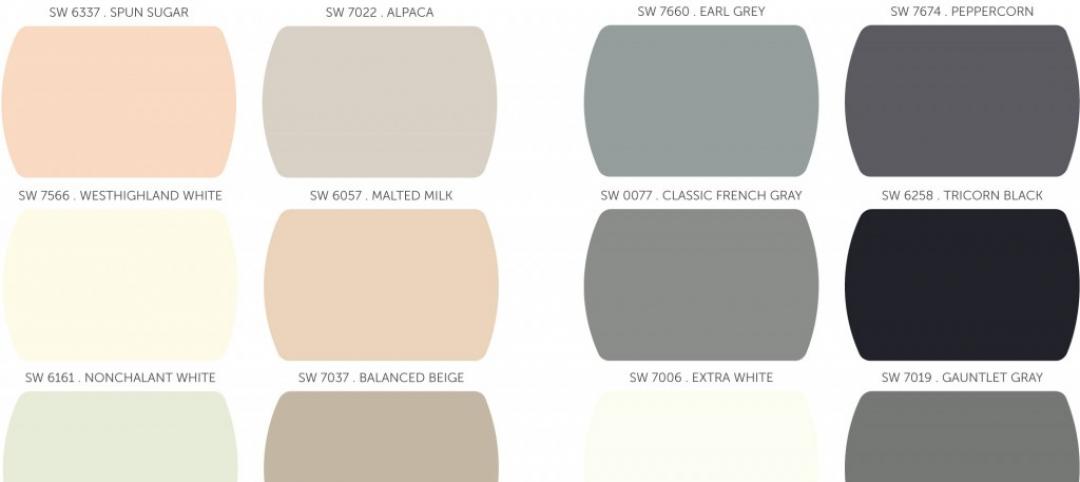Pending rules in the White House pipeline would position a re-elected President Barack Obama to outpace his predecessor with second-term rulemaking, according to a review of regulatory filings.
Obama has delayed until after the election decisions on regulating ozone levels and rearview cameras for cars. Rules still need to be written to carry out much of Obama’s signature first-term domestic policy initiatives, the health-care overhaul and the Dodd-Frank law regulating the financial industry.
Rulemaking in George W. Bush’s second term posed costs to the U.S. economy, including business compliance expenses, estimated at $30.4 billion or more, according to Office of Management and Budget data. Estimates for rules headed for completion in a second Obama administration already approach that figure.
“If Obama’s goal is to beat Bush in regulation, the math looks better for him than the math for Romney in delegates,” said James Gattuso, a senior research fellow in regulatory policy at the Washington-based Heritage Foundation, which says it promotes conservative political policies.
The ozone rule would cost $19 billion to $90 billion in 2020, according to the White House. The Obama administration puts the cost of rearview cameras at $2.7 billion. A Bloomberg Government study in July found that four provisions of the Dodd- Frank law may cost banks and other financial services companies $22 billion, with hundreds of rules yet to be written.
“There would have to be a dramatic change in regulation for him not to exceed” Bush’s rulemaking history, Gattuso said.
Benefits Overlooked
Obama’s critics talk about the cost of regulations without factoring in the benefits, said Kenneth Baer, associate OMB director for communications and strategic planning. Rules approved during the first 32 months of Obama’s presidency will cost an estimated $19.9 billion while yielding net benefits of more than $91 billion in monetary savings and deaths and injuries avoided, according to OMB figures.
“You have to focus on what you’re buying,” said Michael Livermore, executive director of the Institute for Policy Integrity at the New York University School of Law. “If you just look at the price, you don’t know what you’re getting. Are these wise investments? That’s the question.”
An example of a regulation that is paying off, according to Livermore, is the Environmental Protection Agency’s mercury and air toxics rule, which caps pollutants emitted by power plants. It will cost utilities about $9.6 billion per year and is projected to yield up to $90 billion in benefits in terms of saved lives, reduced illness and jobs created, according to the EPA.
Regulation Resistant
As with many rules in the environmental and financial services sectors, the expense and benefits are unevenly distributed, which tends to make those saddled with costs particularly resistant to regulation, Livermore said.
Power companies “pay the costs and don’t receive the benefits,” he said. “There’s also not as powerful a lobby for ’lives saved.’”
The backlog of rulemaking plays into the attacks on Obama by Mitt Romney and other Republican presidential contenders, who say that regulatory burdens on business are slowing down economic recovery.
In a campaign position paper, Romney describes Obama’s approach to regulation as “unprecedented, unpredictable and unproductive” and he pledged to issue an executive order freeing states from complying with rules for the health care initiative and to scale back the Dodd-Frank regulatory regime.
Republican candidates Rick Santorum and Newt Gingrich have made similar statements.
Supreme Court Hearing
The Supreme Court could do some of the Republican candidates’ work for them if it strikes down the health care law, the Affordable Care Act. The court is slated to hear a challenge to the law beginning March 26.
Even without sweeping initiatives like Dodd-Frank and the health care law, regulatory activity is likely to increase in a second Obama term, said Anne Joseph O’Connell, an administrative law professor at the University of California, Berkeley, law school.
Presidents try to take advantage of a honeymoon period with Congress early in a first term and concentrate on legislative achievements, she said. Lame-duck administrations tend to rely more on regulations to carry out their priorities, particularly in their final year in office, she said.
In addition, “it takes a long time to get their people in and regulations take time,” O’Connell said.
Second Bush Term
During George W. Bush’s second term, OMB reviewed 171 “economically significant” rules, up from 135 in his first term, according to OMB data. The estimated cost of first term rules, $21.6 billion, was about $9 billion less than the second term total.
While Bill Clinton issued fewer rules in his second term than his first, they were more costly on average. The total cost of his second term regulation is estimated at $24.5 billion for 144 significant rules, compared with $22.9 billion for 154 significant regulations in the first Clinton term. The figures are in 2001 dollars.
Rulemaking rarely is as one-sided toward costs as critics sometimes make it out to be, O’Connell said.
“The system is set up to make sure that agencies balance benefits and costs. The only way a rule is going to see very high costs is with even higher benefits,” she said. BD+C
Related Stories
| Jan 17, 2014
The Starchitect of Oz: New Gehry building in Sydney celebrates topping out
The Dr. Chau Chak Wing Building at the University of Technology, Sydney, will mark Frank Gehry's debut project in the Australian metro.
| Jan 16, 2014
Construction spending for 2013 finishing 5% higher than 2012: Gilbane Construction Economics report
??Construction growth is looking up, according to the December 2013 release of the periodic report Construction Economics, authored by Gilbane Building Company. Construction spending for 2013 will finish the year up 5%.
| Jan 16, 2014
ASHRAE revised climatic data for building design standards
ASHRAE Standard 169, Climatic Data for Building Design Standards, now includes climatic data for 5,564 locations throughout the world.
| Jan 15, 2014
6 social media skills every leader needs
The social media revolution—which is less than a decade old—has created a dilemma for senior executives. While its potential seems immense, the inherent risks create uncertainty and unease.
| Jan 15, 2014
Report: 32 U.S. buildings have been verified as net-zero energy performers
The New Buildings Institute's 2014 Getting to Zero Status report includes an interactive map detailing the net-zero energy buildings that have been verified by NBI.
| Jan 14, 2014
Sherwin-Williams unveils colormix 2014
Drawing influence from fashion, science, nature, pop culture and global traditions, Sherwin-Williams introduces colormix™ 2014, which captures colors that inspire creativity and design in today’s world. The four-palette collection provides design professionals with a guide to help them define the moods they want to create and select colors for their projects.
| Jan 13, 2014
Custom exterior fabricator A. Zahner unveils free façade design software for architects
The web-based tool uses the company's factory floor like "a massive rapid prototype machine,” allowing designers to manipulate designs on the fly based on cost and other factors, according to CEO/President Bill Zahner.
| Jan 13, 2014
AEC professionals weigh in on school security
An exclusive survey reveals that Building Teams are doing their part to make the nation’s schools safer in the aftermath of the Sandy Hook tragedy.
| Jan 13, 2014
6 legislative actions to ignite the construction economy
The American Institute of Architects announced its “punch list” for Congress that, if completed, will ignite the construction economy by spurring much needed improvements in energy efficiency, infrastructure, and resiliency, and create jobs for small business.
| Jan 12, 2014
CES showcases innovations: Can any of these help you do your job better?
The Consumer Electronics Show took place this past week in Las Vegas. Known for launching new products and technologies, many of the products showcased there set the bar for future innovators. The show also signals trends to watch in technology applicable to the design and building industry.

















